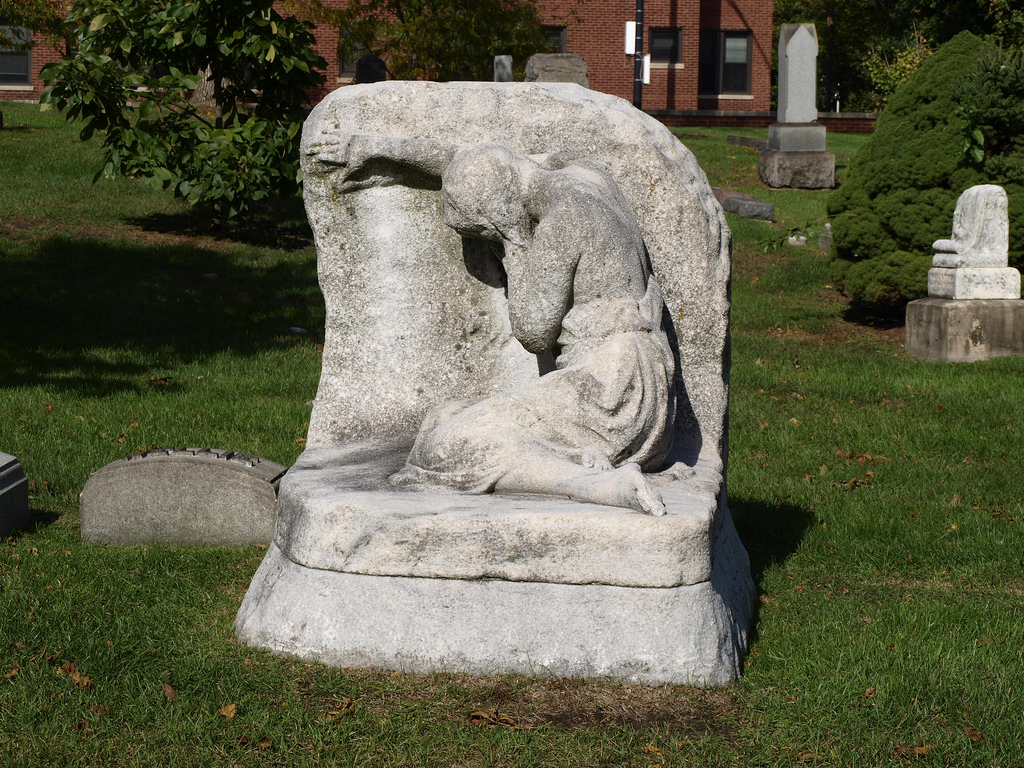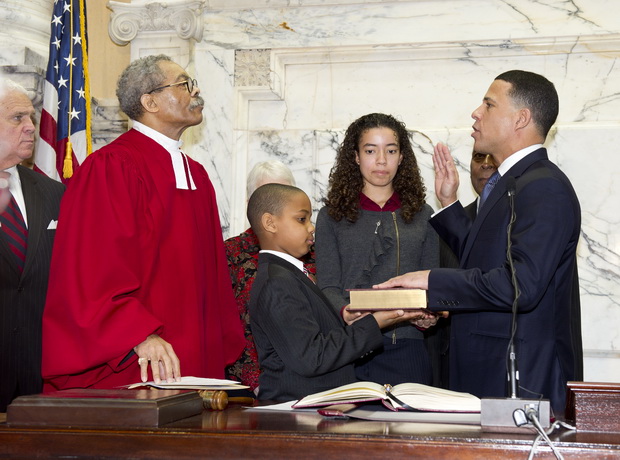This is an expanded version of a column that appears in the September issue of The Business Monthly serving Howard and Anne Arundel counties.
The kids are back in school. Hooray, most parents will say, even in the best of years. The past year was the worst.
Long before the pandemic, the Kirwan commission on education found Maryland schools were on average just average. Based on outcomes and achievements, Maryland students were in the middle of the pack among the states in a nation that was in the middle of the pack among the nations of the world.
True, some Maryland schools are among the best in the state and the nation, but many are not. The lack of in-person education made those students with problems worse.
As the pandemic hit, the legislature passed the Blueprint for Maryland’s Future. It is an aggressive and expensive plan to improve the performance of the worst performing students and even improve the best. The governor vetoed it as too costly. The lawmakers overrode his veto.
Now, five years after the Kirwan Commission began its work that resulted in the Blueprint, the plan to lift the achievement of students in poverty, pay teachers more and enhance their skills, and make all students ready for college and careers is finally underway. Sort of.
The new super

State Schools Superintendent Mohammed Choudhury. Screen shot from Maryland State Department of Education Zoom meeting
Into this scenario comes Mohammed Choudhury, the new state superintendent of schools. Choudhury, 37, comes to Maryland with impressive achievements improving the performance of students from poor families in San Antonio and Dallas. The son of immigrants from Bangladesh who himself attended Title I (high poverty) public schools, he first taught English as a second language in a Los Angeles middle school.
Unlike previous superintendents, he does not have a doctorate, which may be a plus in itself. He is obviously not your typical state schools super and was an outside-the-box choice for a state board of education appointed by Gov. Larry Hogan.
In announcing the appointment, the president of the state school board pointed to Choudhury’s “outstanding transformative accomplishments” and referred to him as “Maryland’s chief education officer.” Choudhury may wish that were true.
In reality, Maryland has many chiefs, and it has many boards overseeing education.
I spent many hours a few years ago attending Kirwan Commission hearings as the panel heard about how public schools in Singapore, Shanghai, Finland and elsewhere achieved their high-level performance even with the most impoverished students. The commission adopted many of the best practices and models from these school systems.
Central governance
One area it did not adopt was governance. In some of the best achieving school systems in the world, there is generally one person at the top of the educational pyramid. There is a minister or secretary of education whose authority to make things happen spreads down from the university to pre-kindergarten.
The commission did not adopt this model because it would have been politically impossible. It is completely contrary to the American model of decentralized education that began with local school rooms and local school boards.
Maryland’s school systems are actually more centralized than those in much of the rest of the country. In the U.S., there are about 13,800 school districts. Maryland has 24. Of the 25 largest school districts in the country, three are in Maryland’s largest jurisdictions.
Like those other 13,000 school districts, Maryland’s school districts have a local school board, most of them elected. And they each have a superintendent. And they each have unions of teachers and administrators and maintenance people all with contracts.
Overall, since Maryland schools are legally part of a state regulated school system, there is a state school board, appointed by the governor.
This board has no control over the universities and colleges that educate teachers, which is in the hands of the university system and 16 community colleges through the Maryland Higher Education Commission. And there is also the Workforce Development Board in the Department of Labor.
Then of course above all these state-empowered agencies is the ultimate authority of the Maryland General Assembly. Legislators are loathe not to meddle into what is taught and how things are done. In this year alone there were 153 bills related to public schools.
A new board
The commissioners argued mightily among themselves about how to assure their grand design of interdependent parts – such as universal pre-kindergarten, community schools and national teacher certification, for instance – would be implemented and held accountable for all the new bucks state taxpayers would spend.
In the decision that was probably most controversial among its own members, the commission recommended, and the legislature enacted an Accountability and Implementation Board. It’s seven education experts would have the power to set policy and withhold funding from recalcitrant school systems which do not properly implement its plans.
It was s recommendation that the state school board and the last state schools superintendent, Karen Salmon, flatly rejected. They said they and its staff of 1,500 were the appropriate overseers of the Blueprint.
Lots of people were unhappy with Salmon’s leadership and the state board over the years. The legislature in the spring reaffirmed that the Accountability and Implementation Board, not the state school board, would have the ultimate say.
Last week, a committee nominated nine names for the seven-member board. Among them were former University System Chancellor Brit Kirwan, who headed the commission, and former Montgomery County Executive Ike Leggett. The governor has until Oct. 1 to name the board. He and the Senate president and House speaker must agree on the board chair.
Already some legislators and organizations are unhappy with the nominees for their lack of representation of Latinos, Prince George’s County and rural areas. UPDATE: Because of those issues, Hogan asked the nominating committee to send him more names.
And so, Mohammed Choudhury, a young, energetic, innovative leader, welcome to Maryland and its competing governing boards. Let’s hope with a fresh eye, he can navigate the headwinds and opposing tides from the stakeholders and bureaucrats to reach the children who deserve more and better from our schools.






Recent Comments